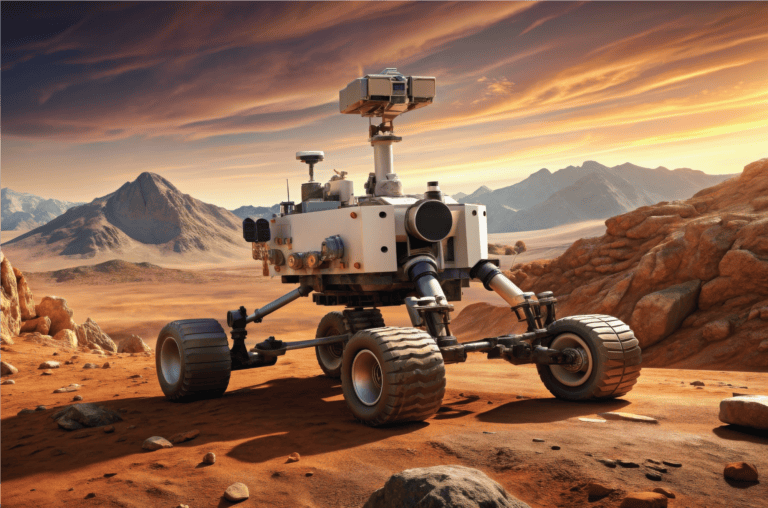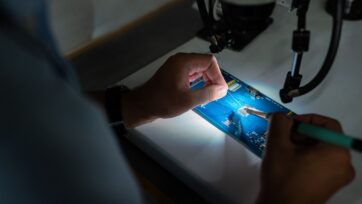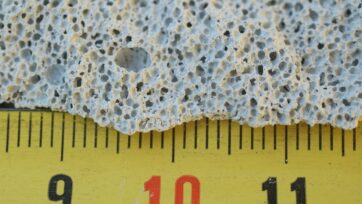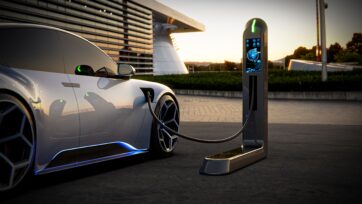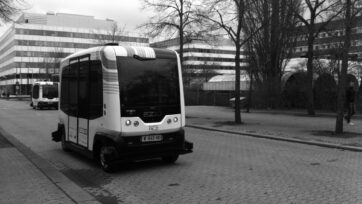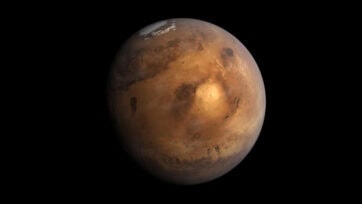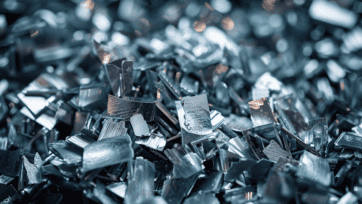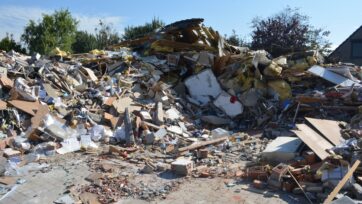On 21 April Los Angeles time, NASA’s mission on Mars landed another extraterrestrial first. The U.S. space agency announced that it was able to convert carbon dioxide from the Martian atmosphere into pure oxygen. According to Trudy Kortes, director of technology demonstrations within NASA’s Space Technology Mission Directorate, this is the technology to help future missions live off the natural resources of other planets.
The feat was achieved by a device aboard Perseverance, a science rover that landed on Mars in February, after a seven-month journey from Earth. The device is known as Mars Oxygen In-Situ Resource Utilization Experiment, or MOXIE for short. This toaster-sized machine produced 5 grams of oxygen in its first activation, which is sufficient to sustain roughly 10 minutes’ worth of breathing for an astronaut. This is done through electrolysis of carbon dioxide from the Martian atmosphere, which uses extreme heat to separate off oxygen atoms.
For future missions on Mars, oxygen is critical for human explorations, not only for breathing but also as a necessary ingredient of rocket fuel to fly back to Earth. According to NASA, roughly one metric ton of oxygen is required for four astronauts to live on Mars for one year, and 25 metric tons is needed for the rocket fuel to get them off the Martian surface.
However, the challenge for human exploration of Mars is that oxygen is only found in a small amount there. The composition of the Martian atmosphere is remarkably different from Earth’s. It is only 1% as dense and comprises 95% carbon dioxide, with the remaining 5% being primarily nitrogen and argon, The scarcity of oxygen prompted NASA’s mission to extract oxygen from the thin Martian air. NASA has stated that it is much more practical to transport a one-ton oxygen conversion machine than trying to bring all the necessary 25-ton oxygen supply from Earth.
MOXIE is a proof-of-concept designed to generate up to 10 grams of oxygen per hour. To ensure its robustness, scientists are planning to run the machine at least another 9 times under different conditions and speed. The day before MOXIE’s activation run, NASA achieved another historic first of controlled powered flight of an aircraft on another planet with a successful take-off and landing of a miniature robot helicopter on Mars. The robot helicopter was also aboard Perseverance, the science rover with a mission to search for signs of any earlier life and collect samples of rock and regolith (broken rock and soil) for a possible return to Earth.
References
Gorman, Steve 2021, NASA extracts breathable oxygen from thin Martian air, Reuters.com, viewed 22nd April 2021, https://www.reuters.com/lifestyle/science/nasa-extracts-breathable-oxygen-thin-martian-air-2021-04-22/
